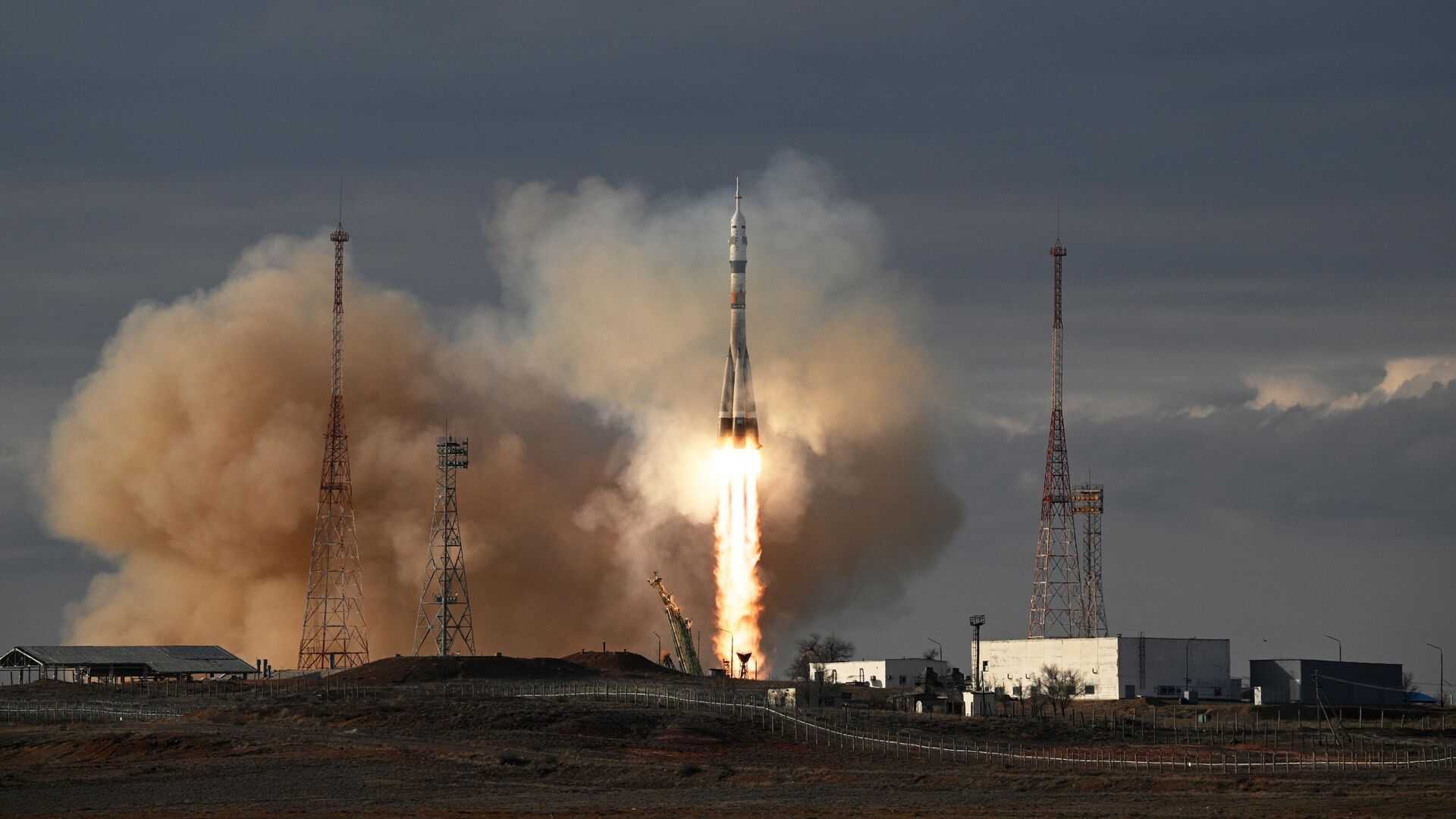
< br />
MOSCOW, April 23Proton rocket manufacturer Khrunichev Center and Roscosmos proposed that Kazakhstan continue launching these carriers from the Baikonur Cosmodrome after 2025, although previously it was planned to launch all of them before the expiration of this period, General Director of the Khrunichev Center Alexey Varochko said in an interview.
«Proposals from the Khrunichev Center and the Roscosmos state corporation have been worked out and sent to our Kazakh colleagues. Currently, the process of finding ways to implement this issue is underway, including within the framework of the Intergovernmental Commission on the Baikonur complex,» Varochko said .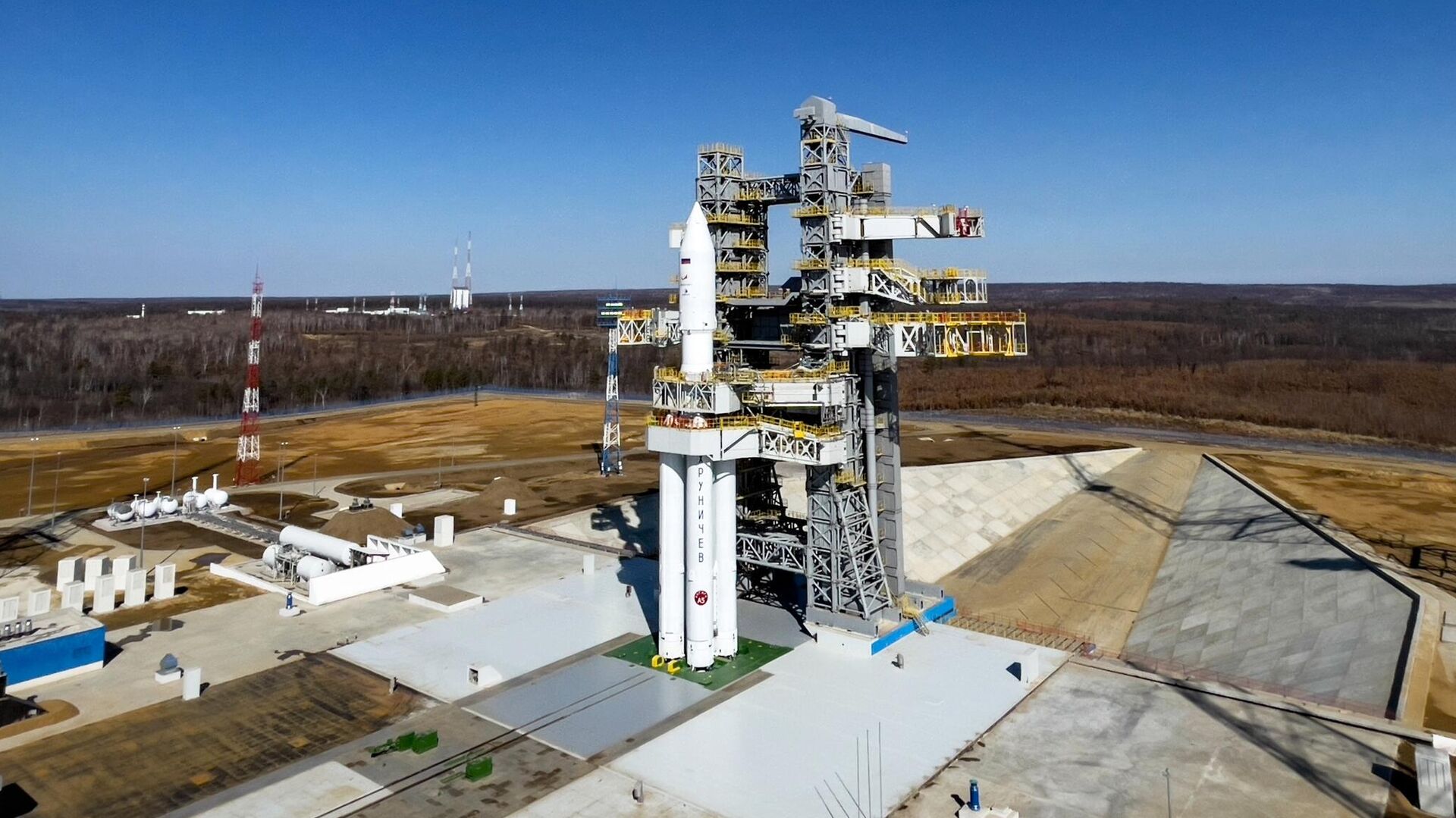
This is how he answered the question of how Proton launches will be organized in cooperation with Kazakhstan after 2025.
He clarified that today ten Proton-M launch vehicles are in varying degrees of readiness. Some of them will be used to implement the Russian Federal Space Program, and some will be used to fulfill obligations for commercial launches.
The General Director of the Khrunichev Center noted that due to the geopolitical situation and the refusal of some potential customers to further use launch services on these missiles, some of them remained. “In this regard, the Khrunichev Center, together with Roscosmos, is studying payload options for free launch vehicles, both in the domestic and foreign markets,” Varochko added. 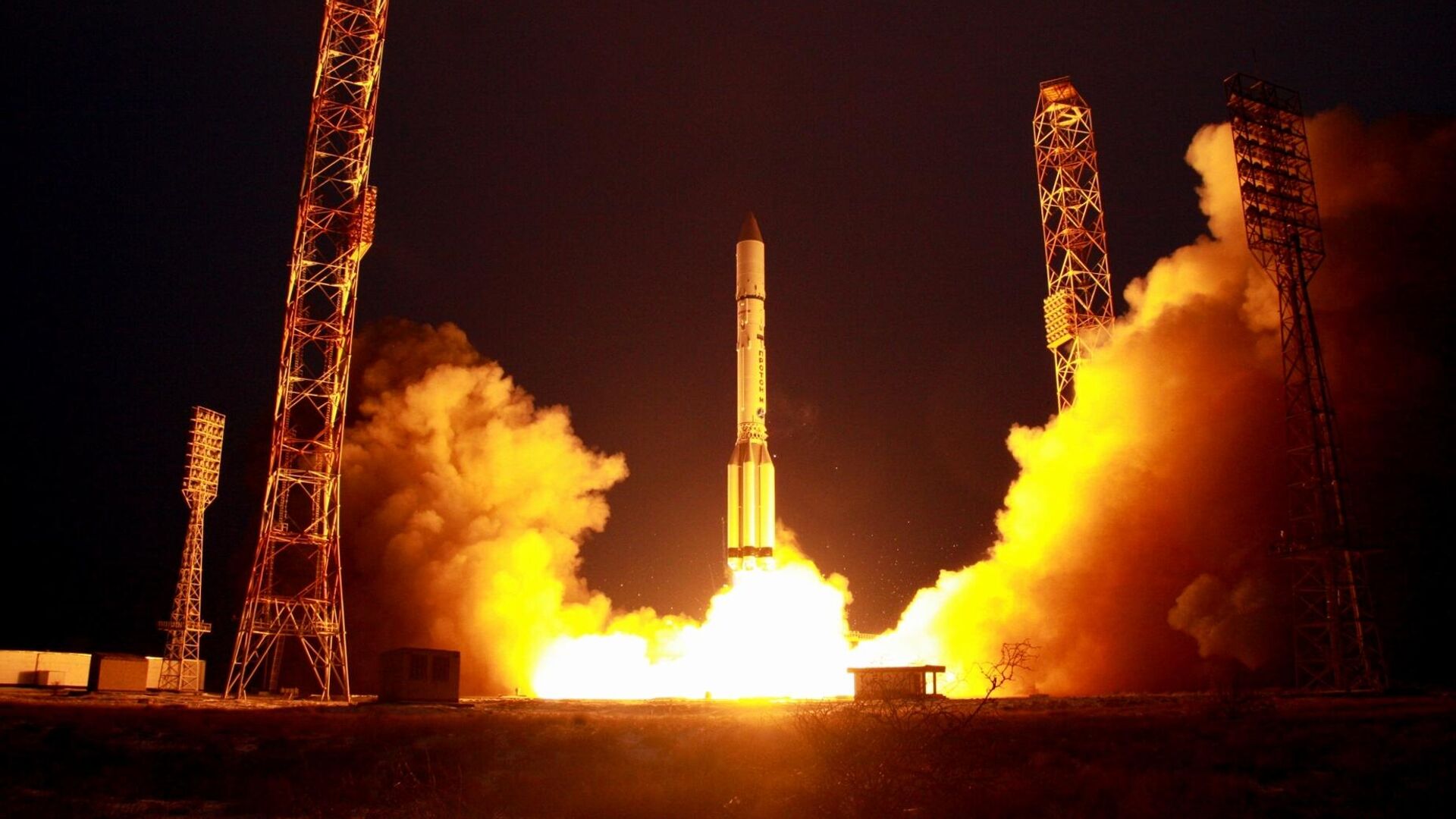
According to the agreements between Russia and Kazakhstan, launches of Proton rockets, as previously reported, should cease after 2025. In this regard, their production will also be discontinued.
The Proton space launch vehicle was originally created on the basis of the UR-500 intercontinental ballistic missile. Its first launch took place on July 16, 1965. Subsequently, the Proton was equipped with a third stage and upgraded to the Proton-K level. This rocket flew from 1967 to 2012.
Since 2001, the latest version of the Proton-M rocket has been in operation. It has a greater payload capacity and can launch satellites into a wider range of orbits. In addition, it uses a scheme for the complete production of fuel components, which almost completely eliminates the remains of harmful components (toxic unsymmetrical dimethylhydrazine and nitrogen tetroxide as an oxidizer).
In total, more than 400 launches of rockets of this series were carried out. 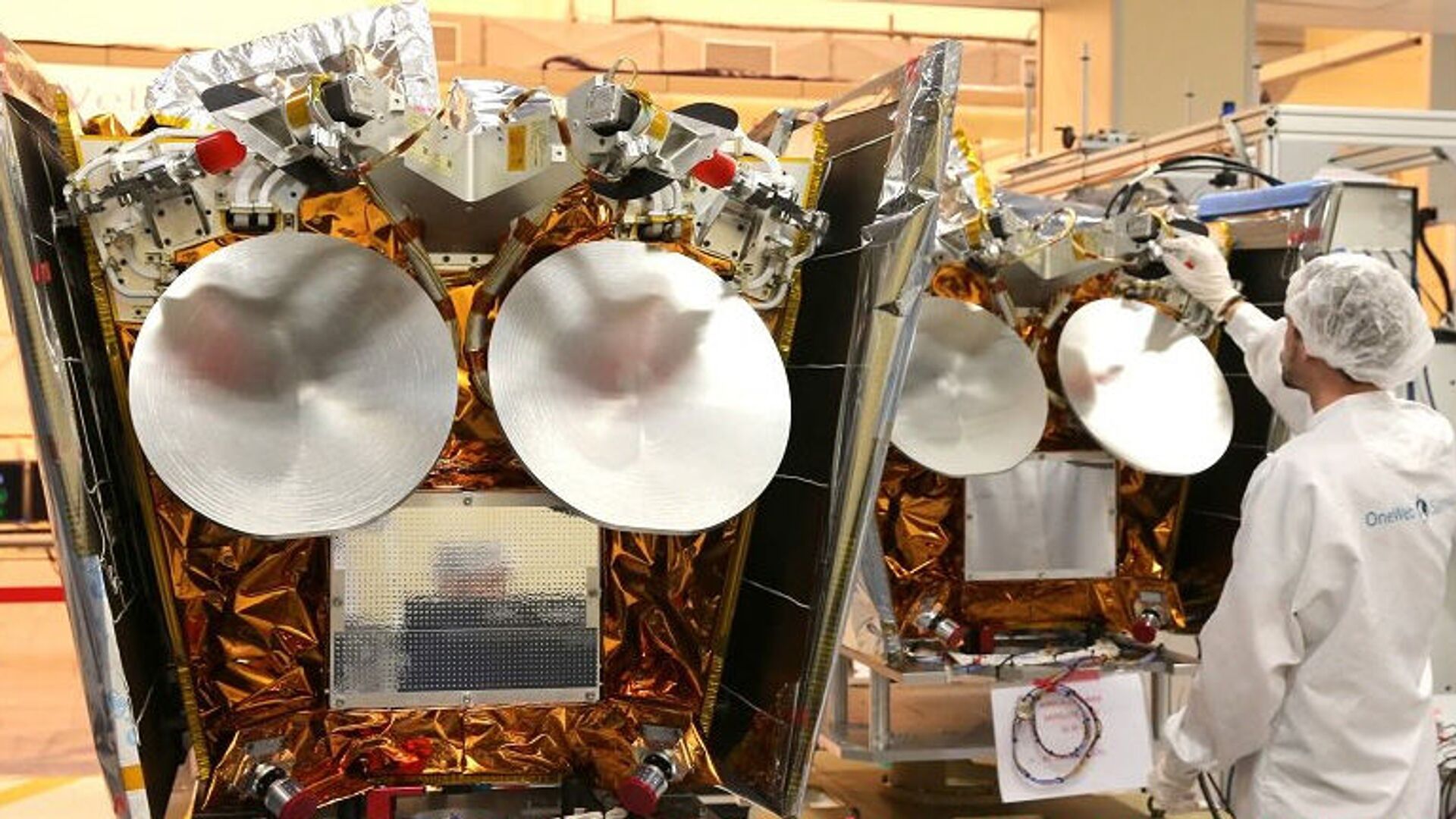




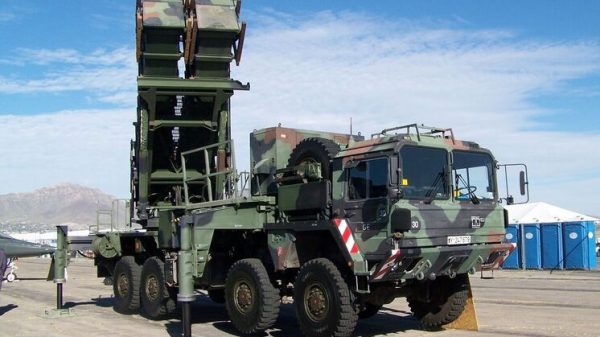
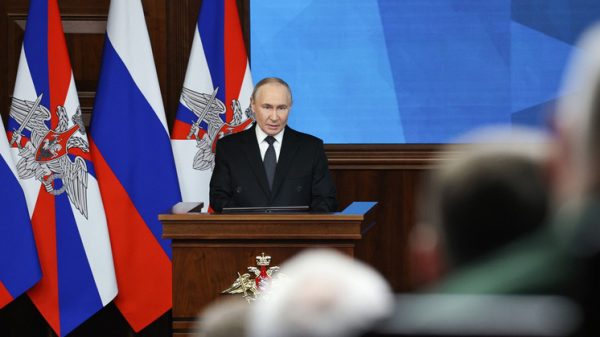











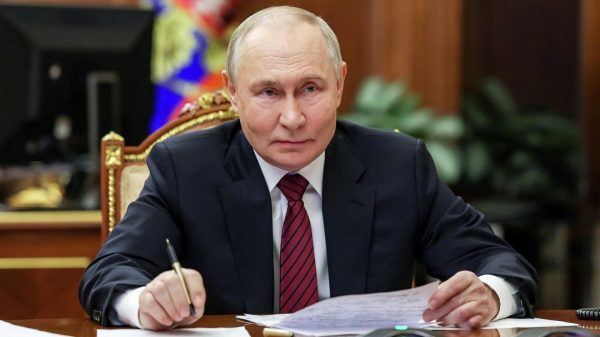
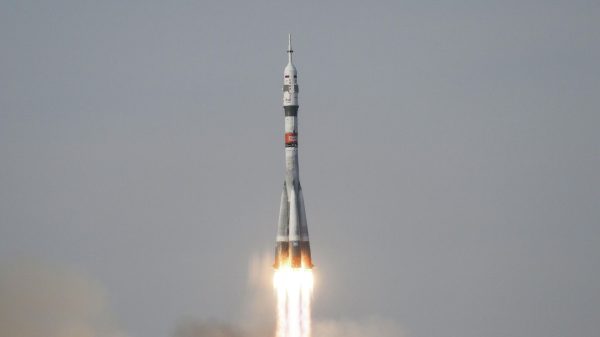
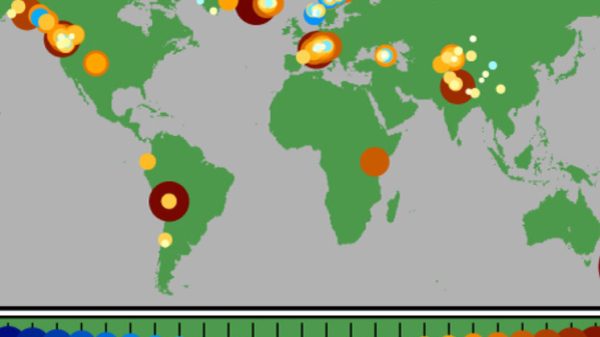
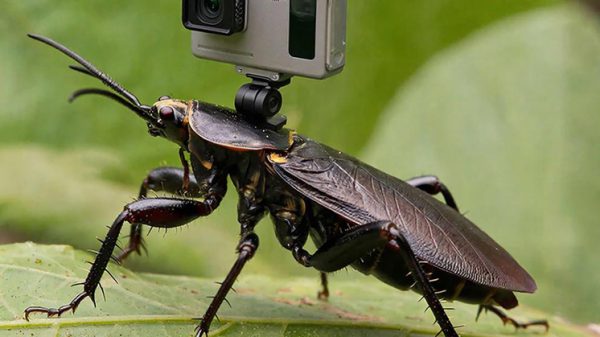
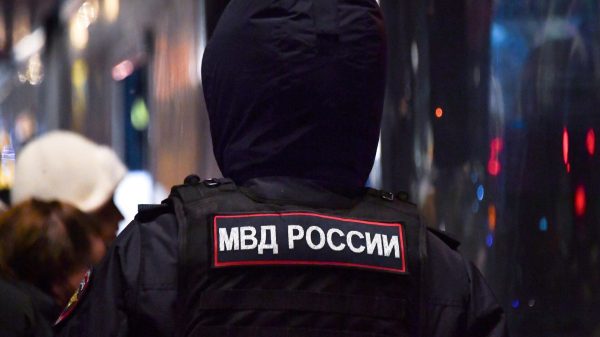












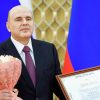





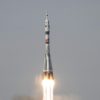













Свежие комментарии